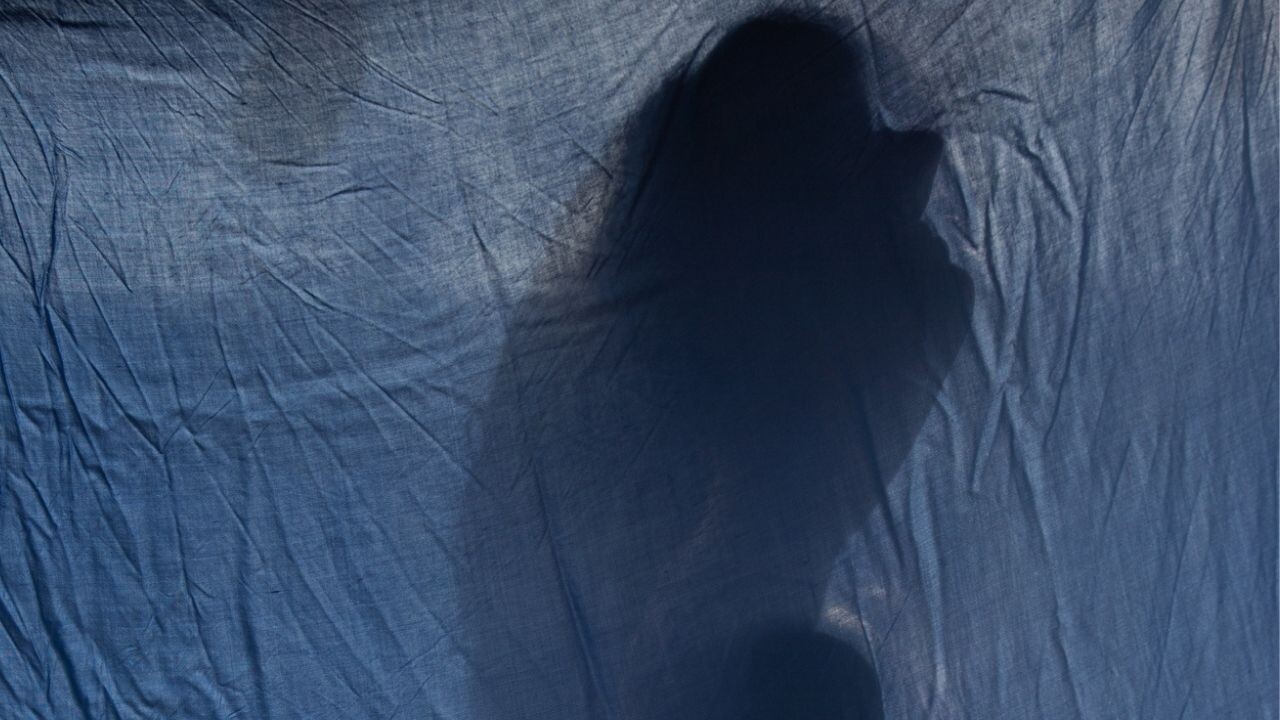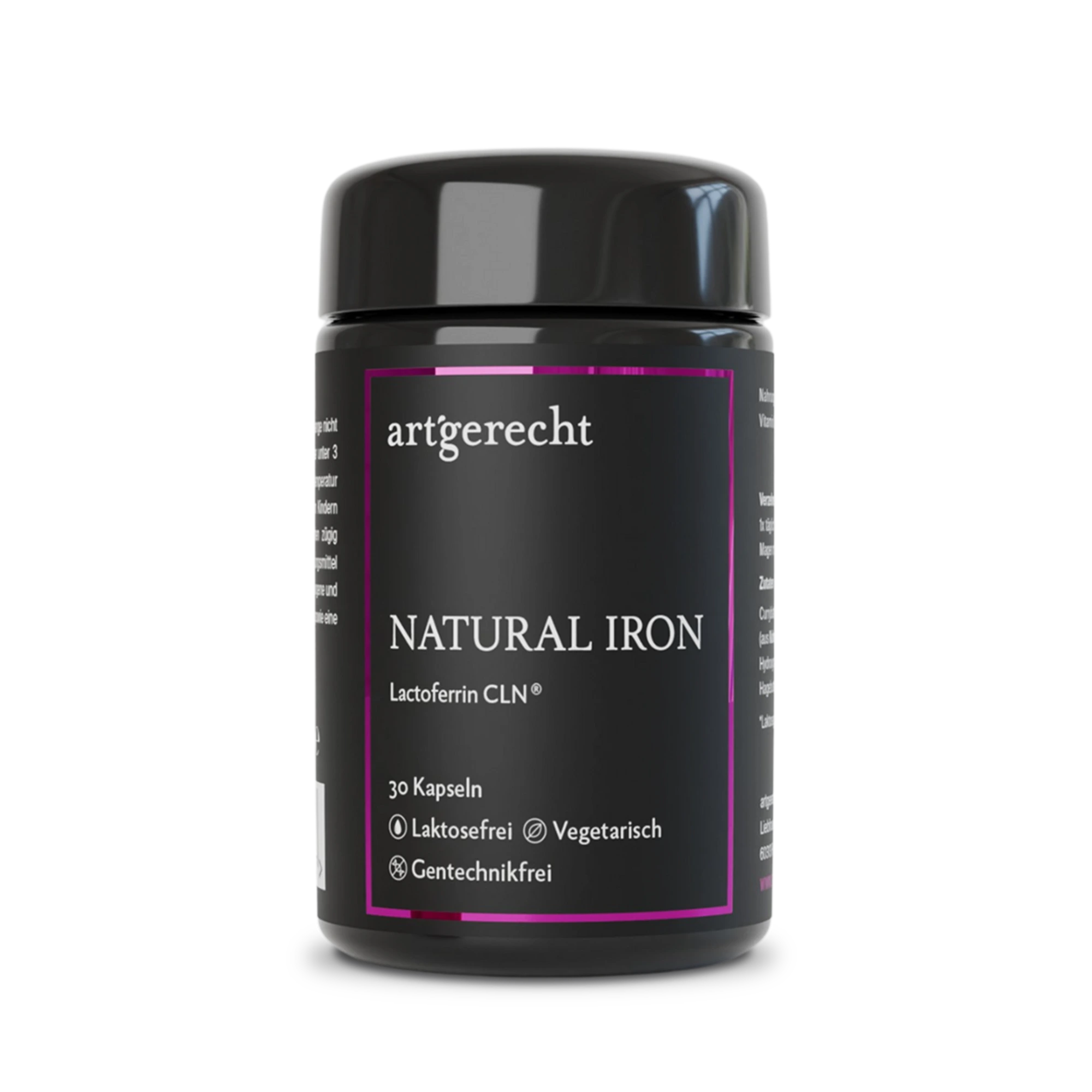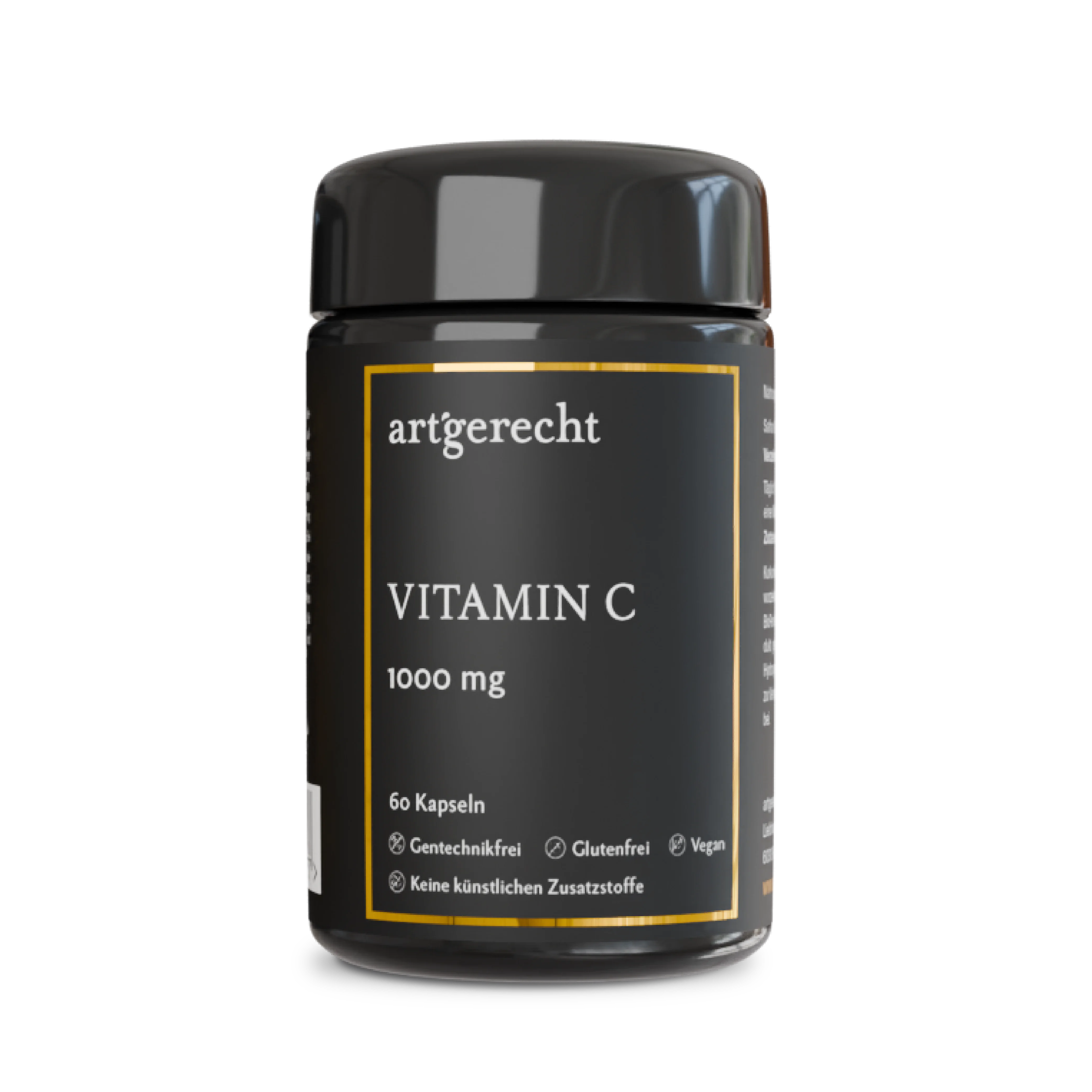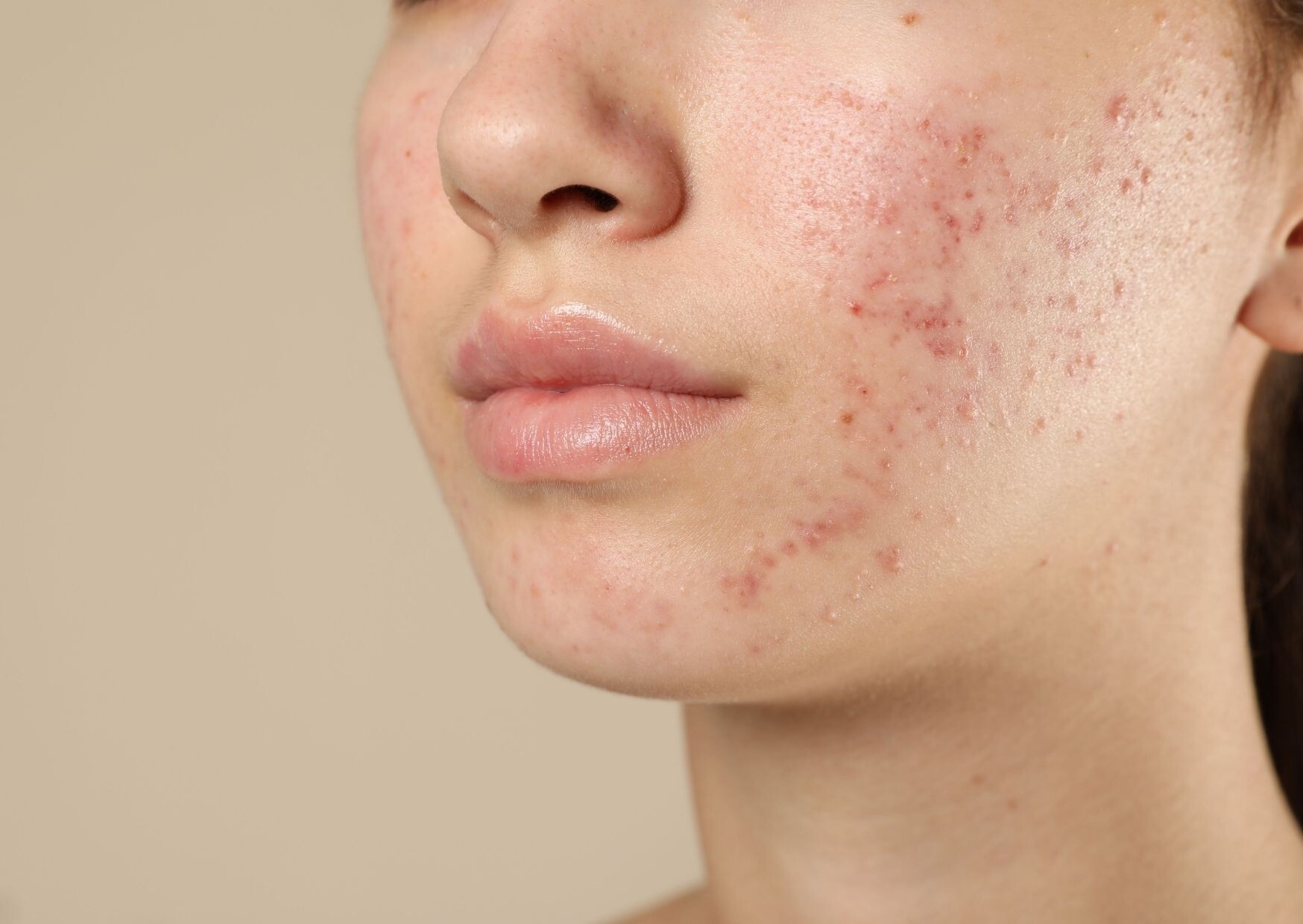Everything is different in winter. Every year we notice how winter changes us. Especially in the morning when the alarm clock rings: We wish we could just stay in bed. Week after week, a little winter blues creeps in and (hopefully) disappears with the spring awakening. But where does this phenomenon actually come from?
One of the main reasons why we are constantly confronted with tiredness is due to a change in our biorhythm. The biorhythm is our pacemaker. It ensures that we get up without the alarm clock ringing and start the day well regenerated without being tired. One of the most important „timers“ for the biorhythm is light. Normally, the increased blue light component in morning light causes an increased cortisol release, which wakes us up. Cortisol is an endogenous hormone that is involved in many metabolic processes and is released in greater quantities during stress. This mechanism works best in Auml;quatorn, as this is where there are the least fluctuations (12/12-hour rhythm) and our ancestors were still living there until 90,000 years ago. In winter, the number of sunshine hours per day is reduced, especially in the northern regions. This means: it gets light later in the morning and darker earlier in the evening. Interestingly, a connection can also be seen epidemiologically, as the so-called „winter depression“ occurs all the more frequently in more northern regions.[1] This is a well-known problem in the Scandinavian countries and Iceland in particular. Despite the introduction of summer and winter time, the time shift of one hour is not enough to compensate for the effective time generator light. This is because our working hours are rarely adjusted to the season. The use of modern technology often removes the dependence on daylight, which is why shift work has become the norm today. However, numerous studies show that there is a concrete link between cardiovascular diseases, intestinal complaints and obesity in shift workers, especially with regard to night shifts.[2] This clearly shows the role that light plays in our health. Without this natural zeitgeber, we cannot switch well from „sleep“ to „awake“, which is why we find it harder to get up. In addition, less cortisol is produced due to the low level of blue light, which means that less energy is available for the start of the day. The right use of light sources can help to combat the winter blues. With so-called „Bright-Light-Lamps“, which provide 10.000 LUX illuminance, which imitate sunlight, have even been shown to have a beneficial effect on depression.[3] Of course, there are other factors that play a role in the dark season. For one thing, the darkness restricts our movement behavior. After all, many people find it very difficult to exercise after work in cold, wet weather and in the dark. Exercise, especially in the morning hours, helps to increase the release of cortisol and ensures that we can start the day „bright and alert. The lack of sunlight and time outside in the fresh air and in nature also contributes to the „winter blues“. This is because spending time in the sun is responsible for us producing sufficient vitamin D through UVB rays. People who live in the northern latitudes have an increased risk of developing a vitamin D deficiency in winter. In addition to too little sunlight on the skin, a generally lower intensity of sunlight in the months September to May, UVB-repellent clothing[4] can also lead to a deficiency of the important sun vitamin. The link between vitamin D deficiency and depression has been proven in a study. According to the results of a review on this topic, taking vitamin D can help with seasonal depression[5][6][7] can help.
Why are you always tired in winter
Light on!
Kürzere Tage in den Herbst- und Wintermonaten
The best tips for winter blues and fatigue
Recipe: Chocolate mousse with berries
Literature:

Winter fatigue: when the biorhythm gets out of line
Everything is different in winter. Every year we notice how winter changes us. Especially in the morning when the alarm clock rings: We wish we could just stay in bed. Week after week, a little winter blues creeps in and (hopefully) disappears again with the spring awakening. But where does this phenomenon […] come from?
Meistgesuchte Präparate
Unsere Leser schätzen neben fundiertem Wissen rund um Gesundheit & Ernährung auch Präparate in höchster Qualität. Folgend findest Du unsere derzeit meistgesuchten Produkte.










